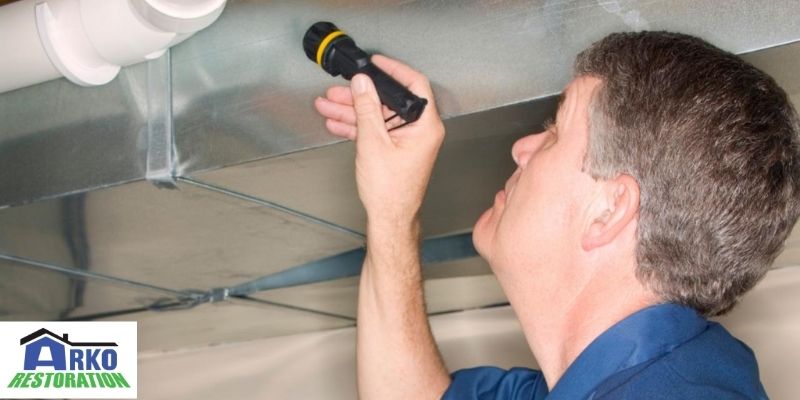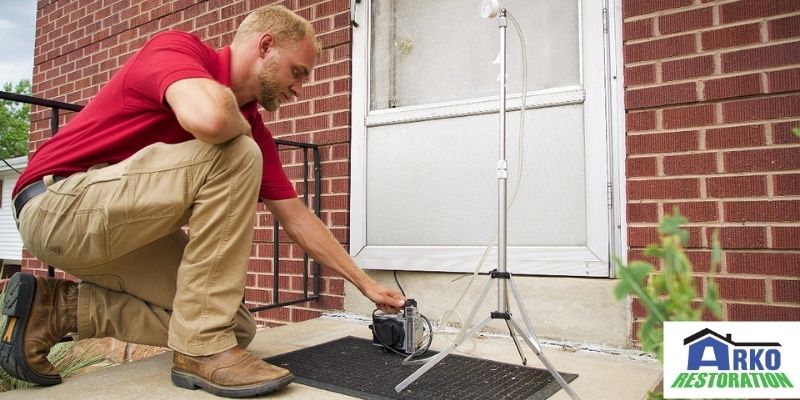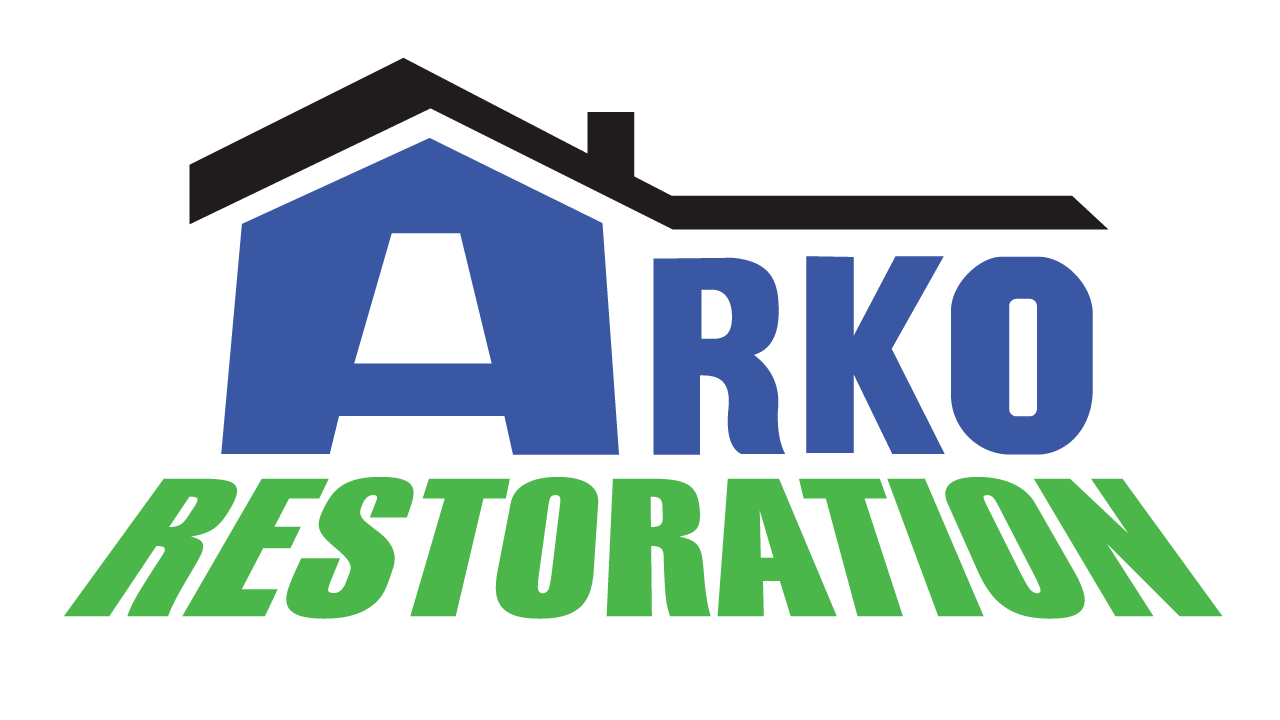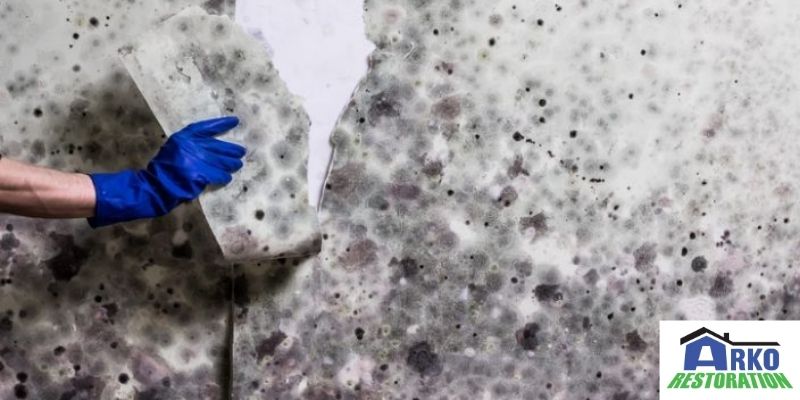The outbreak of mold in any building happens due to the availability of moisture, warmth, and organic matter for the mold to sprout on. Moisture is the leading cause of mold, and this can be a result of a broken or leaky pipe. It can also occur because of excess humidity coupled with poor ventilation.
Mold Growth Can Go Undetected
Both mold growth and moisture can easily go undetected for weeks or months at a time. It can occur inside walls, crawl spaces, duct areas, and/or behind walls covered with vinyl. Oftentimes, it takes a mold remediation company to uncover your true mold problem, fully, since they can get to places the naked eye can’t easily see.
Conduct A Post-Remediation Inspection

If you are a property owner and do not want to deal with more mold and moisture problems, you can have your building re-inspected after mold remediation. This inspection should help you determine if your building is intact or in danger of collapsing due to structural problems. If there are still mold and moisture problems upon another inspection, remediation can be done again.
Subjecting your building to a post-mold remediation test can help you know whether or not your building is safe to occupy again. This can also ensure peace of mind.
Inspections typically involve visual observations, moisture measurements and air samples.
Visual Observations
This will be the first part of an inspection carried out by a remediation team. They will carefully observe the areas that have been affected by moisture and mold. Pieces of equipment and materials used for remediating the building will also be taken into consideration. Inspectors will visually observe areas of mold growth, water impacts, and elevated moisture.
Moisture Measurements
Whether or not there are visual signs to show the continuation of mold and moisture, the team of inspectors will still check for moisture using infrared cameras and moisture meters to probe for moisture in crawl spaces, areas that are difficult to access, and areas inside of/behind walls.
Air Samples

The remediation team inspecting the building will also take samples of the air. It is expected that separate samples be taken in some specific areas since not all of the areas in a building are impacted to the same degree.
To make an accurate comparison with the air samples taken inside the building, they will also collect air samples from the building’s exterior. The team will indicate if a particular area is mold and moisture free or if it’s not and needs to be remediated.
Your Inspection Report
It is from your inspection report that you will know if some areas of your building still have mold and moisture problems. The report indicates areas of mold growth, air sample testing results, failed areas, and “free pass” areas of the building. Also, recommendations are made for further remediation in failed areas.
Contacting a mold inspector can help you find out how damaged your building is, and then you can decide what steps to take next in order to fix any lingering, unsafe problems.
Conclusion
If your building has mold and moisture problems, you’re probably going to have numerous problems, including wood rot and respiratory issues. Expert mold remediation contractors can help you figure out the extent of the problem, and it’s always a good idea to have an inspection both before and after work is done. In the Twin Cities Metro, you can call Arko Restoration for mold remediation services at 763-434-2756. 24/7 emergency service is available.

